Why Your Child’s Constant Busyness Is Secretly Damaging Their Future Success
The Shocking Truth About Over-Scheduled Kids
Are you exhausted from shuttling between soccer practice, violin lessons, and tutoring sessions? Here’s a wake-up call: Harvard researchers discovered that 50% of students believe their parents care more about their grades than their character. Even worse? These achievement-obsessed kids actually perform worse in school and suffer from lower self-esteem.
What if I told you that the secret to raising successful, happy children isn’t adding more activities to their schedule—but teaching them when to stop, rest, and yes, even quit?
Why Free Play Beats Structured Activities Every Single Time
You’re robbing your child of essential life skills when every minute is planned.
Your child needs unstructured play like they need oxygen. When kids play soccer, they follow adult rules. When they play video games, they navigate pre-programmed challenges. But when they build forts in the backyard or create imaginary worlds? That’s where real magic happens.
Here’s what happens during free play:
- Children develop problem-solving skills independently
- They learn to negotiate and compromise with peers
- Creativity flourishes without adult interference
- Stress hormones decrease naturally
The beauty of free play lies in its simplicity. Give your child a set of wooden blocks, geometric shapes, or natural materials, and watch them transform these simple tools into elaborate castles, racing cars, or entire cities. Some of the most powerful learning happens when children have open-ended materials that can become anything their imagination desires—rather than toys that only work one way.
Look for play materials that:
- Can be used in multiple ways without instructions
- Encourage building, creating, and experimenting
- Don’t require batteries or screens
- Allow children to set their own rules and objectives
Find other families who embrace unstructured play. Because when children play freely, they’re not just having fun—they’re building the foundation for future success.
The Achievement Trap That’s Destroying Your Child’s Self-Worth
Stop asking about test scores the moment they walk through the door.
That Harvard study revealed something terrifying: kids who feel their parents prioritize achievement over caring show more psychological problems. The father’s achievement expectations? They’re particularly damaging.
You might think, “But I don’t explicitly tell my child grades matter most!” Yet children pick up on subtle clues faster than you realize.
Transform your daily conversations:
- Instead of “How was your test?” ask “Tell me something fun that happened today”
- Comment on their sportsmanship, not their performance
- Praise effort and learning, not just results
- Celebrate their kindness as much as their achievements
Because when children believe their worth depends on what they do rather than who they are, you’ve set them up for a lifetime of anxiety and perfectionism.
Model Rest or Watch Your Child Burn Out
Your children are watching how you handle stress—and copying everything.
You can’t tell your child to relax while you’re frantically checking emails during dinner. If you want them to embrace rest, you must show them what healthy relaxation looks like.
Avoid performative self-care. Don’t add “relaxation” to your to-do list. Instead, genuinely listen to your needs and model authentic rest. Take that bath. Read that book. Sit quietly without your phone.
Your children need to see that rest isn’t laziness—it’s essential for peak performance.
Why Teaching Your Child to Quit Will Make Them Stronger
“Winners never quit” is one of the most damaging lies we tell children.
Think about every childhood story you know: The Tortoise and the Hare, The Little Engine That Could, Rosie Revere Engineer. They all preach the same message—never give up. But here’s what these stories don’t tell you: sometimes quitting is the smartest thing your child can do.
Angela Duckworth, the researcher who popularized “grit,” quickly clarifies that quitting is crucial for kids. When children explore various activities, they gather information they couldn’t get any other way.
Here’s the reality: Your eight-year-old agrees to horseback riding lessons without knowing what horseback riding truly involves. They’ve never smelled a stable, felt a saddle, or experienced the fear of controlling a 1,200-pound animal. After six months of lessons, they realize it’s not their passion—maybe they’re terrified of horses, or they prefer activities that don’t require getting up at 6 AM on Saturdays.
Forcing them to continue teaches a dangerous lesson: ignore your instincts, your preferences don’t matter, and suffering through misery builds character.
Quitting teaches these powerful life skills:
- Self-awareness: recognizing what energizes versus drains them
- Decision-making: evaluating whether to pivot or persist
- Opportunity cost: understanding that saying yes to one thing means saying no to another
- Boundary-setting: protecting their time and energy for what matters most
Instead of viewing quitting as failure, see it as intelligent decision-making that creates space for better opportunities.
The Smart Way to Let Your Child Quit
You can teach strategic quitting without raising a quitter.
Professional poker player and decision scientist Annie Duke revolutionized how we think about quitting with her research. She discovered that successful people aren’t those who never quit—they’re those who know when to quit.
Implement the “Hard-Thing Rule” (Duckworth’s approach):
- Your child commits to one challenging activity per year that requires deliberate practice
- They can’t quit mid-season or mid-year (honoring commitments teaches integrity)
- Before starting, discuss the commitment length upfront—no surprises
- They must finish what they started, but they’re free to choose differently next season
Create “Kill Criteria” before they begin: Sit down with your child before they start any new activity and establish clear signals that would indicate it’s time to quit. This isn’t about giving up at the first sign of difficulty—it’s about making informed decisions.
Sample kill criteria might include:
- “If I still dislike this activity after three months of consistent effort, I can quit at the end of the season”
- “If this activity consistently makes me anxious or unhappy, we’ll reassess”
- “If I discover a new passion that conflicts with this schedule, we can discuss switching”
- “If the activity stops challenging me or I’m no longer learning, it might be time to move on”
The key difference: Your child isn’t quitting because Tuesday’s practice was hard. They’re making a thoughtful decision based on sustained evidence about fit and fulfillment.
What This Looks Like in Real Life
Picture this scenario: Your ten-year-old daughter has been taking piano lessons for eight months. She practices when reminded but never voluntarily sits at the piano. When asked about recitals, she looks uncomfortable. She mentions wanting to try art classes.
The old approach: “You can’t quit piano! You need to stick with things. What will your teacher think? We already paid for the year!”
The strategic quitting approach: “Let’s talk about your piano experience. What parts do you enjoy? What parts feel difficult? How do you feel when you think about continuing next year versus trying something new?”
You discover she chose piano because her friend plays, not because she loves music. She dreams about art but worried you’d say it’s “not practical.” By teaching her to quit strategically, you’ve opened the door to her discovering her true passion.
As Annie Duke wrote: “Success lies in picking the right thing to stick to and quitting the rest.”
The beautiful paradox: When you give your child permission to quit strategically, they often discover what they truly want to stick with.
The Hidden Gender Gap in Rest and Relaxation
Girls deserve downtime as much as boys—but they’re not getting it.
Society teaches girls to be helpful, accommodating, and constantly available. Meanwhile, boys learn that their needs matter and rest is acceptable.
You must explicitly communicate that your daughter deserves the same access to rest, relaxation, and fun as any boy. Because if you don’t teach her to protect her energy now, she’ll spend her adult life depleted and resentful.
Your Action Plan: Start Today, Transform Tomorrow
You’re already an amazing parent—now you can become an intentional one.
Start with these two simple changes this week:
- Replace your after-school question with “What was the best part of your day?”
- Schedule one hour of completely unstructured time for your child
Don’t try to implement everything at once. Choose two or three strategies that resonate most with your family.
Remember: small, consistent changes create lasting transformation.
Imagine your child six months from now: confident in their worth beyond achievements, comfortable with rest, and equipped with the wisdom to know when to persist and when to pivot. They’ll thank you for giving them permission to be human in a world that demands perfection.
The path to raising resilient children isn’t about doing more—it’s about doing less, but doing it intentionally. Rest creates resilience, play builds problem-solvers, and sometimes quitting leads to winning.
What’s the first question you’ll ask your child today?


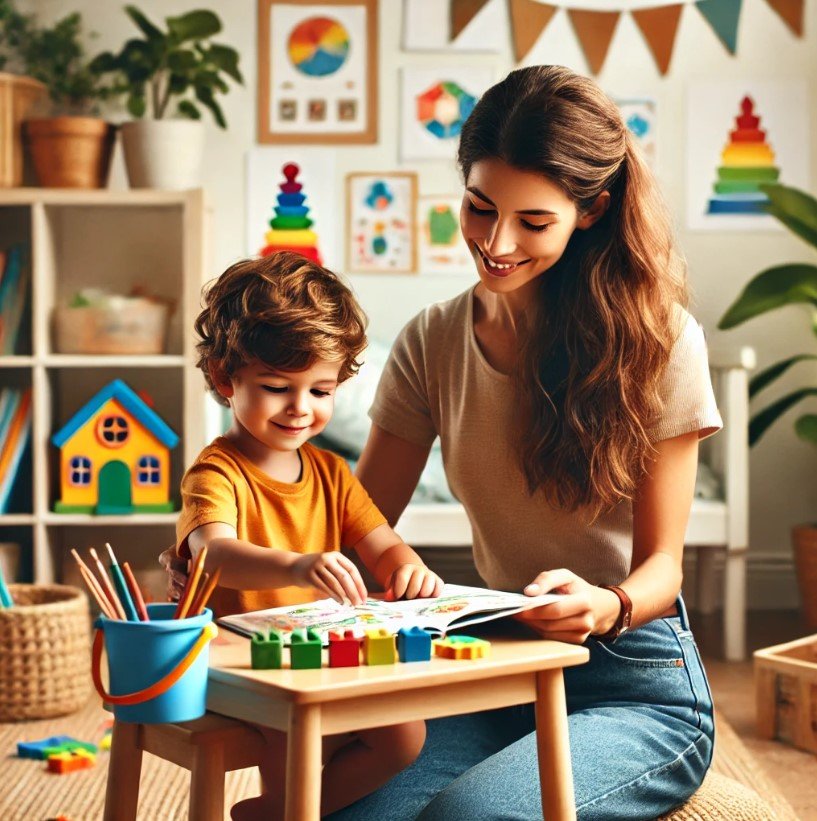
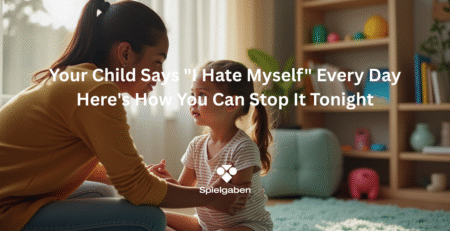

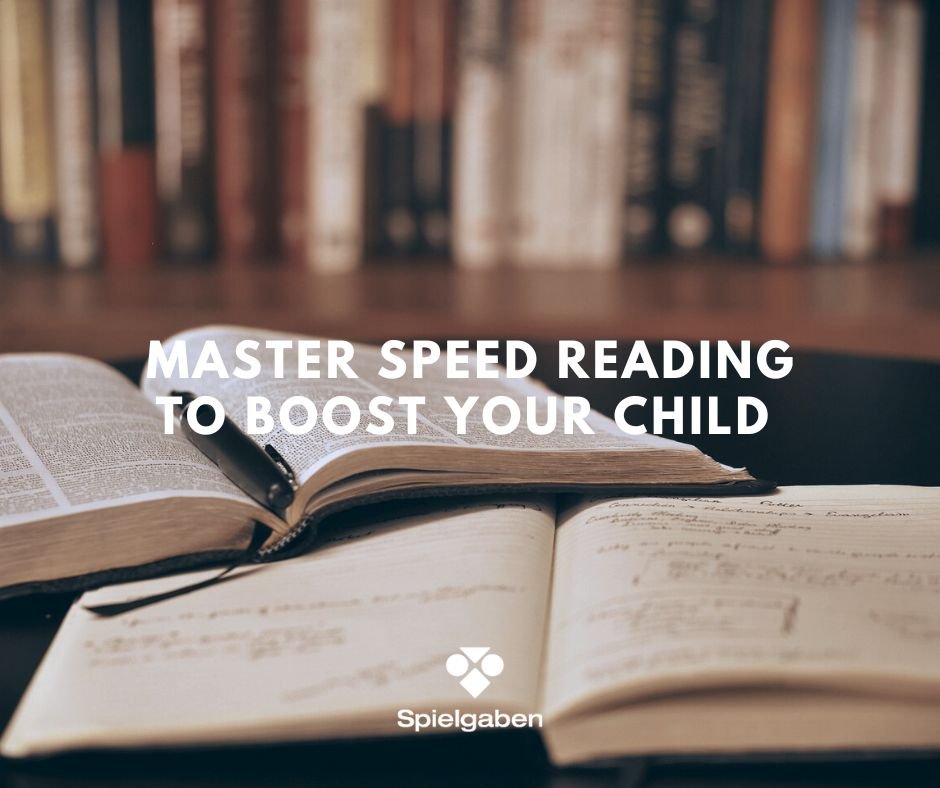


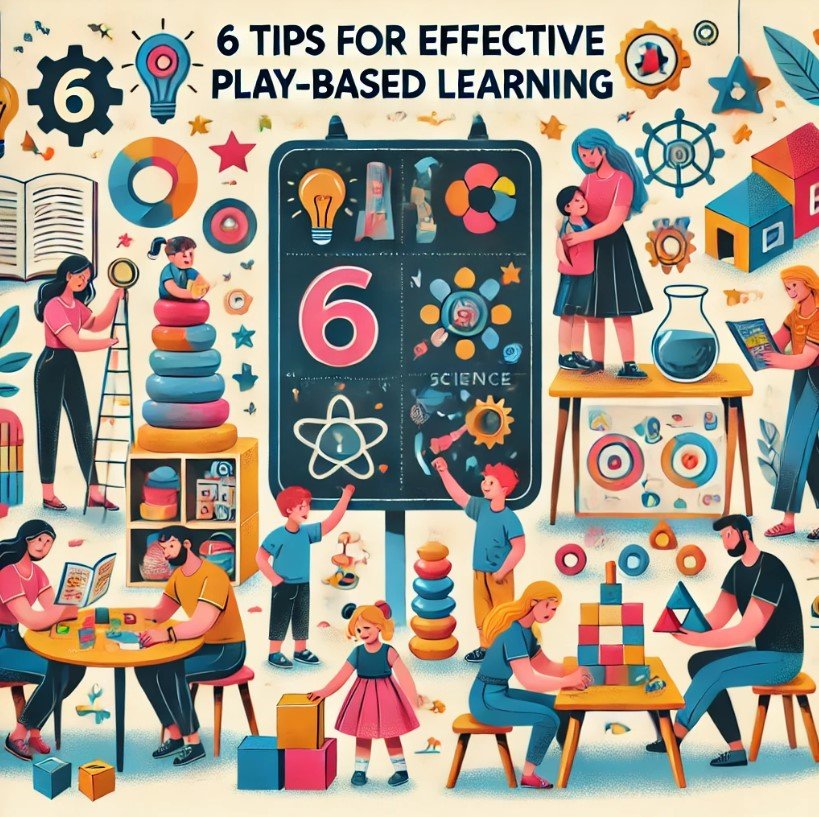

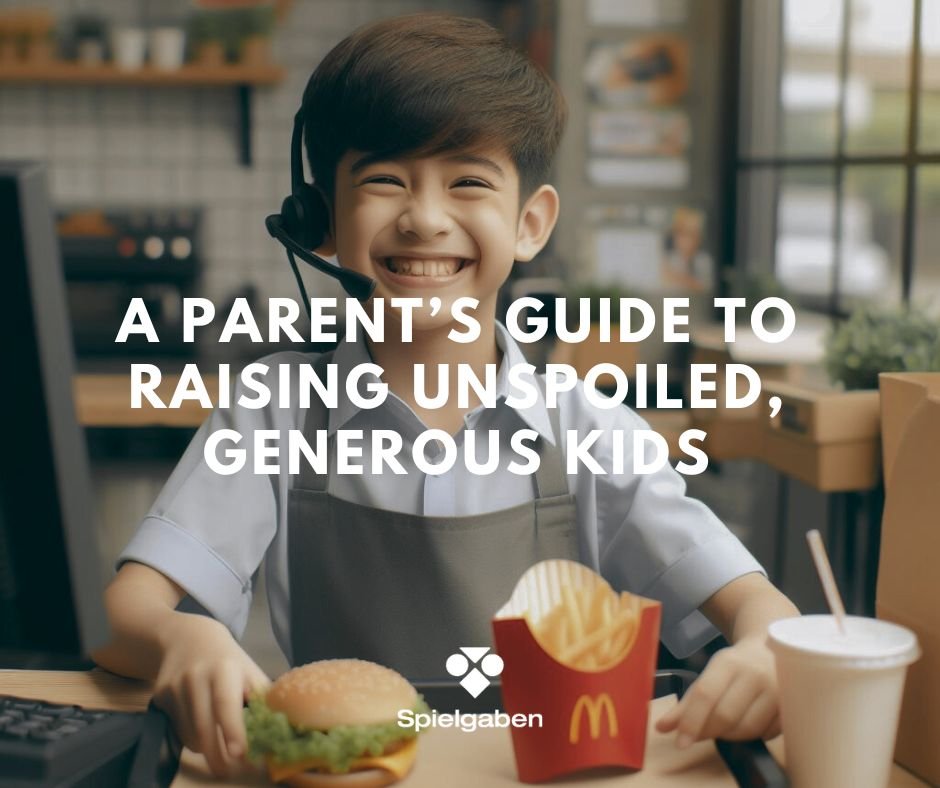
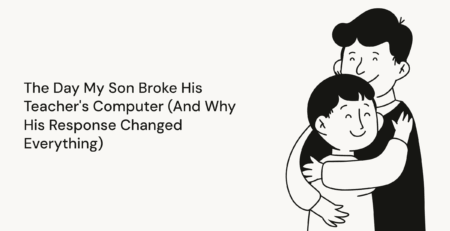

LEAVE A COMMENT